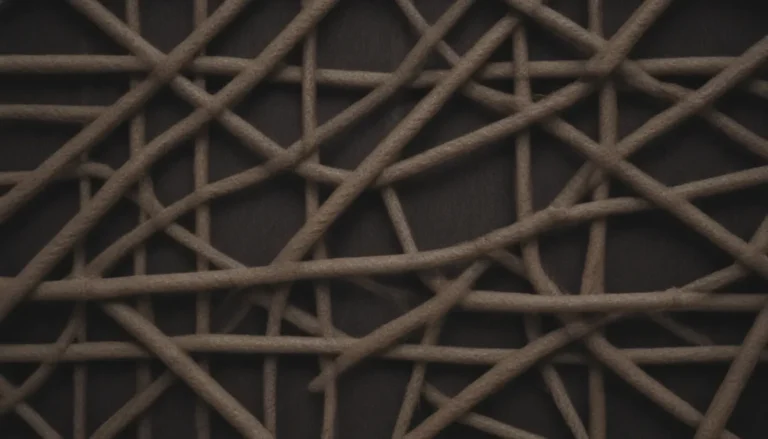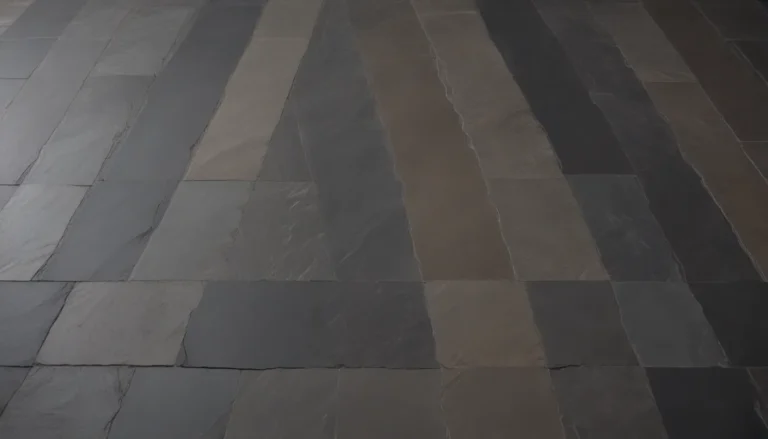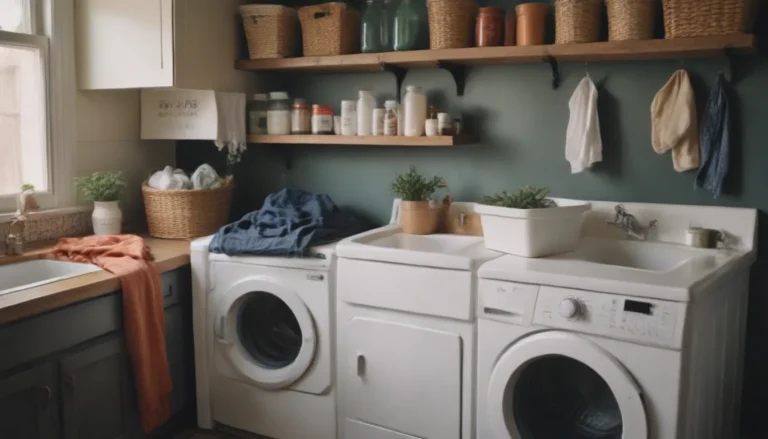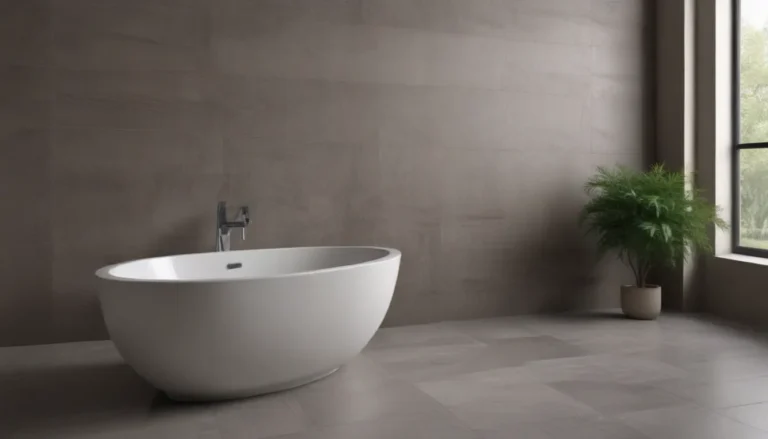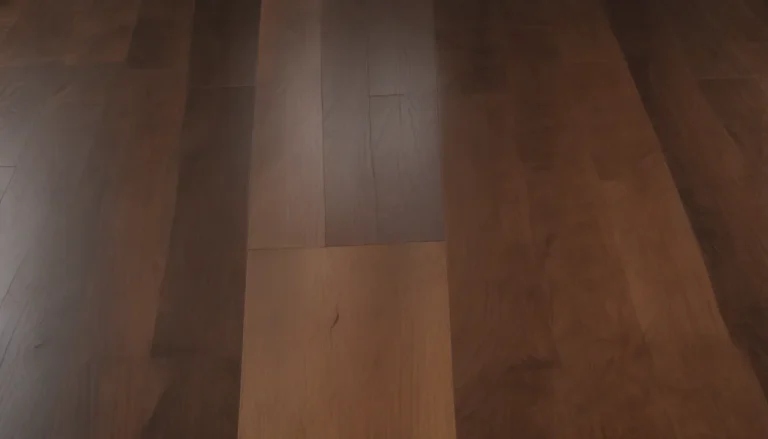Elevate Your Home Design with 13 Unique Types of Ceiling Textures
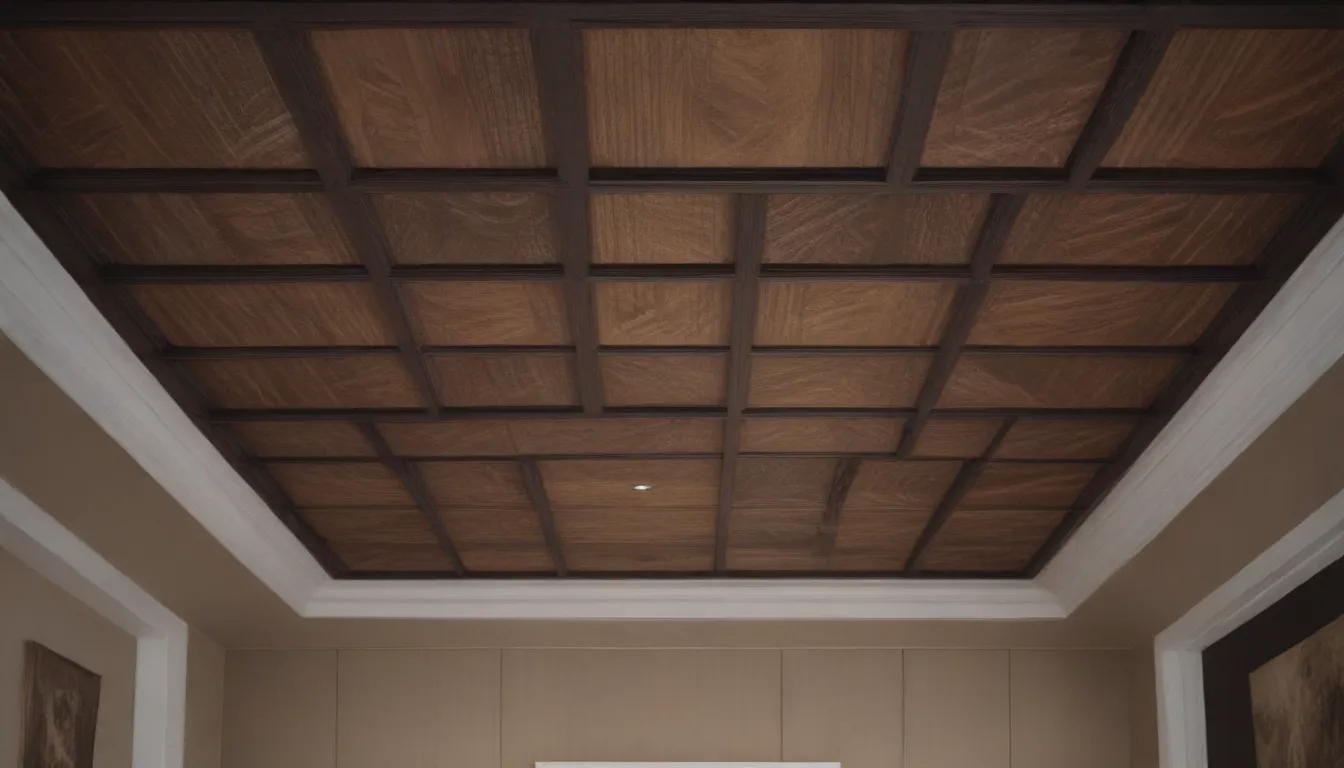
Ceiling textures are a fantastic way to enhance the aesthetics of your home while also covering up imperfections, absorbing sound, and adding depth to a room. Whether you are a seasoned DIYer or prefer to leave it to the professionals, there are numerous options to choose from when it comes to ceiling textures. In this comprehensive guide, we will explore 13 different types of ceiling textures to help you find the perfect option for your home.
Comb Texture
- Best For: Easy DIY installation and subtle appearance.
- Comb texture is created by using a comb to make lines and patterns in wet plaster or drywall compound.
- Ideal for those looking to improve the aesthetic of their home in a simple yet effective way.
Knockdown Texture
- Best For: Concealing minor imperfections and adding depth to the room.
- Creates a rustic pattern similar to stucco and is great for adding character to any space.
- Perfect for those who have some experience with ceiling textures and the necessary tools.
Orange Peel Texture
- Best For: Subtle, understated appearance.
- Slightly bumpy design that is popular in modern homes and easy to clean.
- DIY-friendly option that can be installed with the proper tools.
Spray Sand Texture
- Best For: Absorbing sound and covering imperfections.
- Compound mixed with sand gives this texture a grainy look, ideal for long-term homeowners.
- Great choice for reducing sound transference between floors.
Sand Swirl Texture
- Best For: An attractive, vintage aesthetic.
- Made by mixing drywall compound or plaster with sand to create full or half-circle patterns.
- Perfect for older homes with a vintage vibe that need a textured ceiling.
Skip Trowel Texture
- Best For: A subtle Mediterranean-inspired aesthetic.
- Creates unique patterns that stand out in well-lit rooms.
- Popular choice for those looking to add character to their home.
Slap Brush Texture
- Best For: Adding visual interest and depth to a room.
- Unique pattern created with a slap brush and drywall compound.
- DIY-friendly option for those looking to make a statement in their space.
Popcorn Texture
- Best For: Absorbing and muffling sound.
- Though commonly recognized, it is effective at reducing sound transfer between floors.
- Great for high-traffic areas like family rooms or playrooms.
Stipple Brush Texture
- Best For: Unique patterns and covering imperfections.
- Achieve deep valleys and sharp peaks with a stipple brush texture.
- Great for well-lit spaces looking to add visual interest.
Floral Texture
- Best For: Elegant finish and luxurious aesthetic.
- Not suitable for DIY installation due to its complexity.
- Ideal for accenting living rooms, dining rooms, or bedrooms.
Tree Bark Texture
- Best For: Enhancing natural wood decors.
- Mimics the look of tree bark and adds a subtle design to the ceiling.
- Great for hiding imperfections while adding a unique touch to a room.
Sheetrock Texture
- Best For: Rough, artistic aesthetic.
- Imitates the appearance of layered stone for a unique look.
- Requires some skill to achieve a desired outcome.
Shoelace Texture
- Best For: Unique, stylish patterns.
- Creates a bold design with intersecting lines.
- Difficult to create but can add a dramatic touch to any space.
Choosing the Right Ceiling Texture
When selecting a ceiling texture for your home, there are a few factors to consider:
– Aesthetic Appeal: Choose a texture that enhances the decor of your home and reflects your personal style.
– Benefits: Consider the benefits of each texture, such as sound absorption or hiding imperfections.
– Installation: Some textures are easy to install as a DIY project, while others may require professional assistance for a more intricate design.
By exploring the various types of ceiling textures available, you can transform the look and feel of your home while adding character and charm to any room. Whether you opt for a subtle design like comb texture or a bold choice like shoelace texture, there is a ceiling texture to suit every homeowner’s taste.
